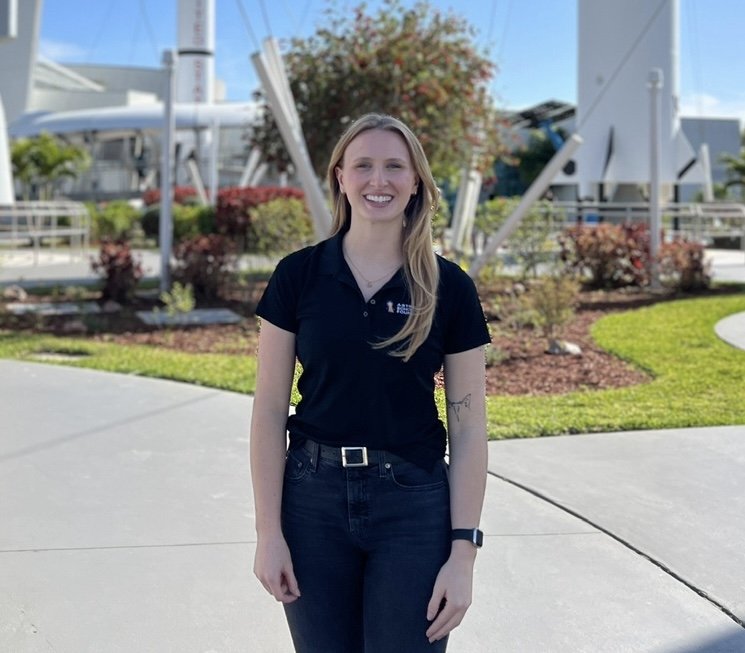2024-2025 Program Mentors
Click on an individual's name to read more!

Erin Anderson
Structural Engineer, NASA Langley Research Center

Sharon Conover
Director, The Aerospace Corp supporting NASA SOMD
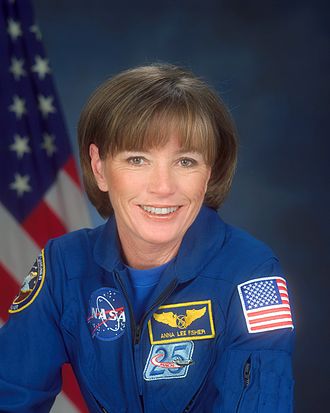
Anna Fisher, M.D.
Management Astronaut, Display Development for the Orion Multi-Purpose Crew Vehicle

Robyn Gatens
Director, International Space Station, NASA HQ

Melanie Cummings-Grande
Aerospace Engineer, Mars Architecture Team, NASA Langley Research Center

Alinda Mashiku
Conjunction Assessment Risk Analysis (CARA) Program Manager, NASA Goddard Space Flight Center
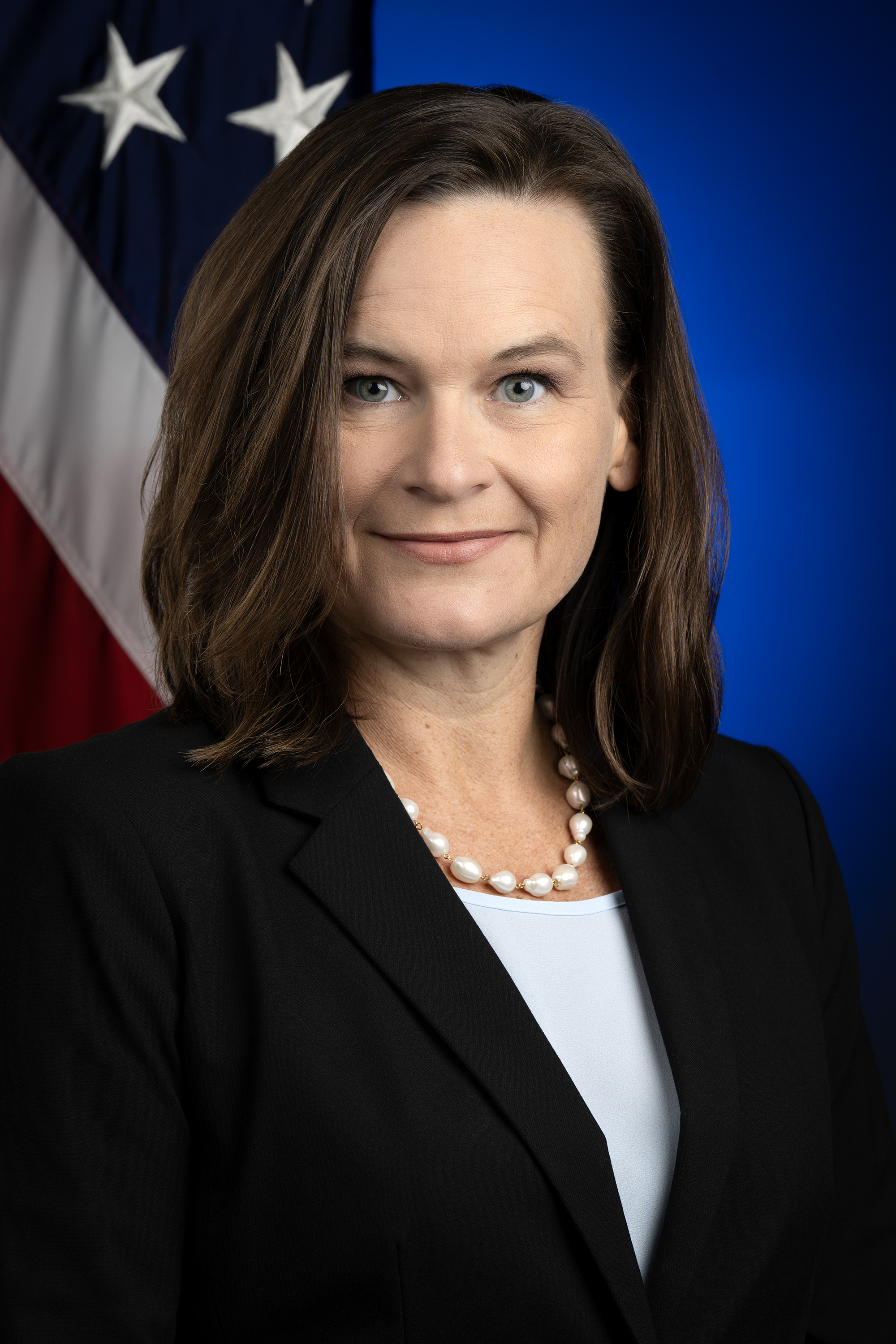
Jill Prince
Director, Research Directorate, NASA Langley Research Center
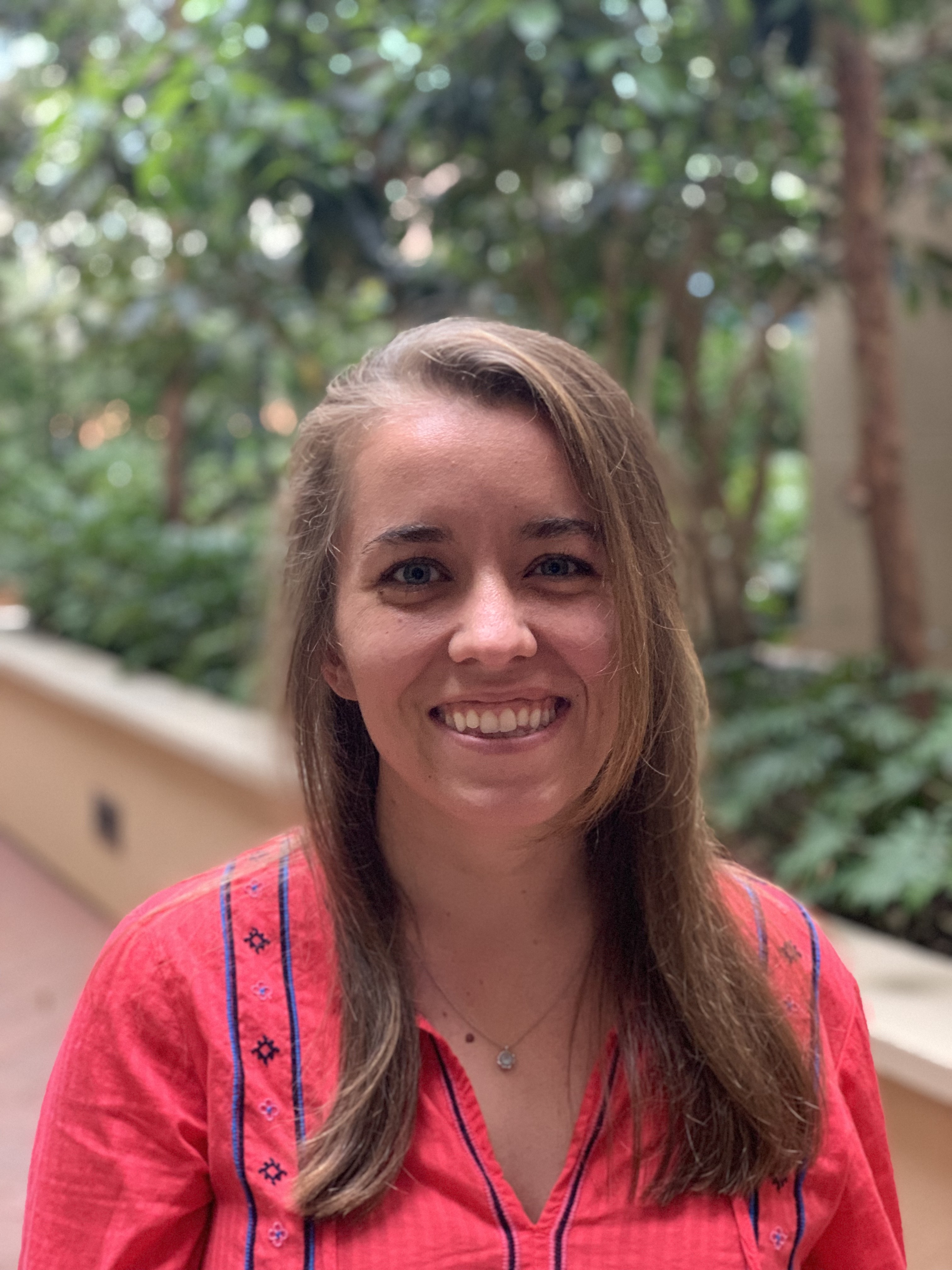
Caitlin Mackey Driscoll
Senior Manager, Dragon Structures Engineering Team, SpaceX

Sheridan Moore, Ph.D.
Senior Technical Consultant, Esri

Jo-Anne Sears
Partner, Velocity Government Relations

Julie Payette
Former Astronaut, Senior Fellow, Massey College, University of Toronto; Member, Association of Space Explorers; Fellow, International Academy of Astronautics
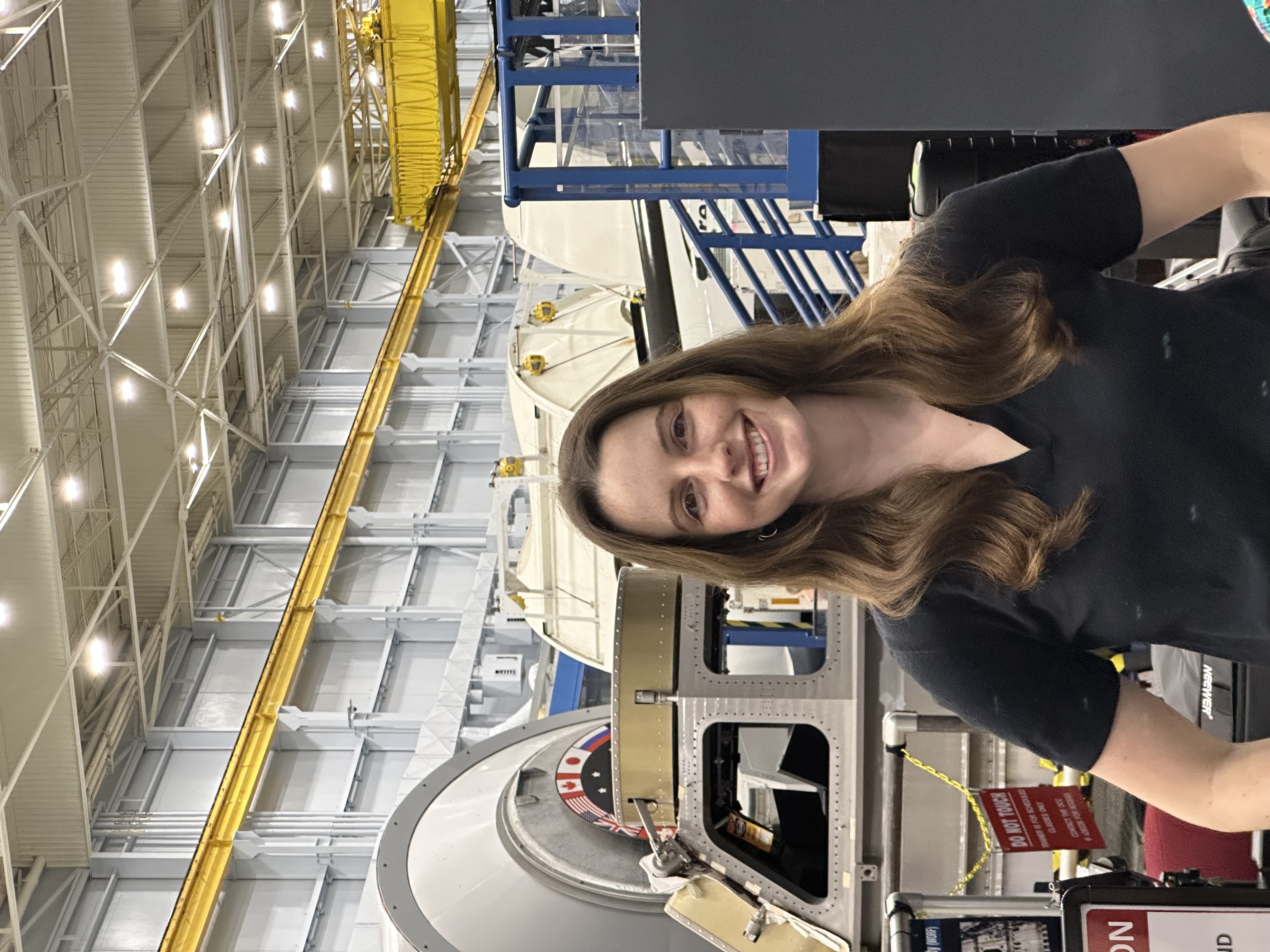
Becca Reinecke
Mission Control Trainee, NASA Johnson Space Center
